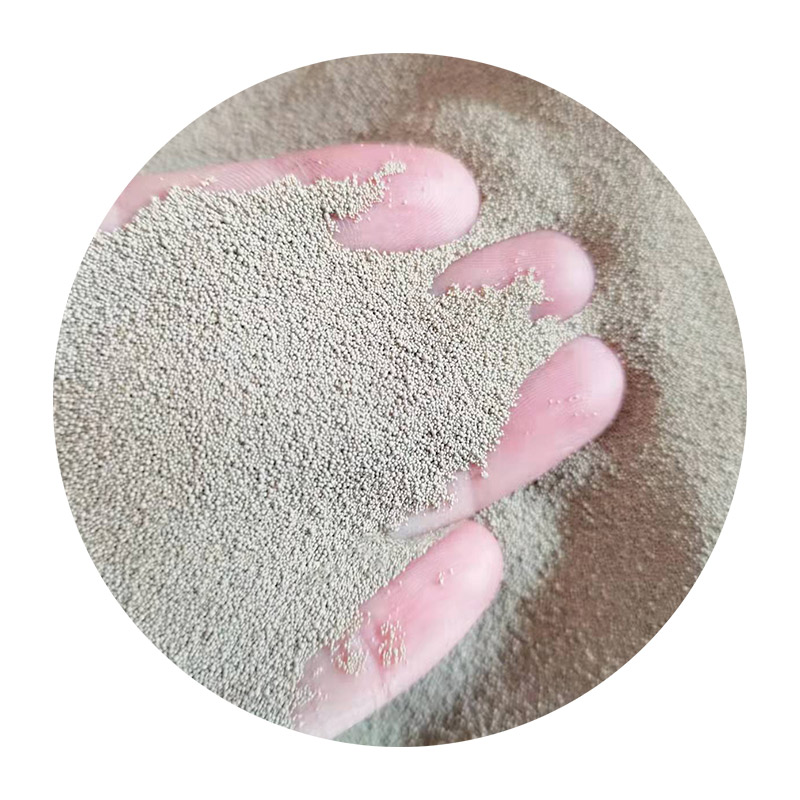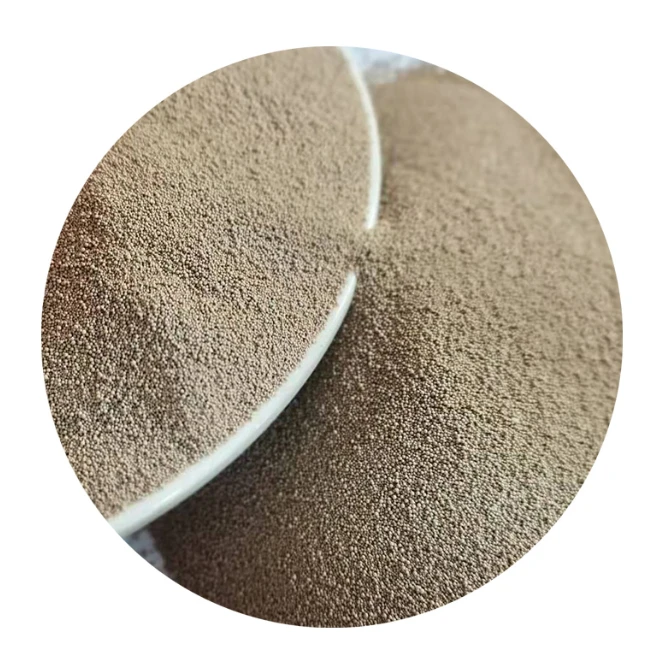- Introduction to sand casting fundamentals
- Technical merits in modern manufacturing
- Production limitations to consider
- Cost analysis across foundry operators
- Customization parameters for specific needs
- Industrial implementation case studies
- Strategic evaluation for project suitability

(advantages and disadvantages of sand casting)
Understanding the Core Aspects of Sand Casting
Sand casting remains the dominant metal forming method, accounting for 15% of the global metal shaping market. This process utilizes bonded silica sand molds to produce components ranging from 100g engine brackets to 200-ton mining equipment parts. While offering design flexibility for complex geometries, the technique demonstrates dimensional tolerances typically ranging between ±0.8mm to ±6.4mm depending on pattern quality.
Technical Merits in Modern Manufacturing
Foundries report 23-35% lower tooling costs compared to die casting methods, with pattern creation costing $2,500-$18,000 versus $30,000+ for permanent molds. The process accommodates over 50 ferrous and non-ferrous alloys, including specialized materials like beryllium copper and nickel superalloys. Recent advancements in 3D-printed sand molds have reduced lead times by 62% for prototype development.
Production Limitations to Consider
Surface finish quality averages 250-500 microinches Ra, requiring secondary machining for precision applications. Material yield fluctuates between 45-60% depending on component complexity, compared to 85-95% yield in investment casting. Production rates cap at 40-75 units/hour for automated systems, significantly lower than high-pressure die casting's 200-400 units/hour capacity.
Cost Analysis Across Foundry Operators
| Manufacturer | Cost/kg ($) | Tolerance (±mm) | Lead Time |
|---|---|---|---|
| Alpha Foundry Co. | 4.20 | 1.5 | 12 weeks |
| Precision Cast Corp | 6.80 | 0.8 | 8 weeks |
| Industrial Metal Works | 3.75 | 2.0 | 10 weeks |
Customization Parameters for Specific Needs
Specialized binder systems can enhance mold strength by 40% while reducing gas emissions. Grain size variations (AFS 45-110) enable surface detail control from rough industrial components to architectural elements. Advanced simulation software now predicts shrinkage defects with 89% accuracy before metal pouring.
Industrial Implementation Case Studies
A turbine manufacturer achieved 18% weight reduction in rotor hubs through optimized sand casting designs. Automotive suppliers have reduced brake component porosity from 3.2% to 0.7% using vacuum-assisted molding techniques. Energy sector projects demonstrate 22% cost savings in pump housing production compared to CNC machining alternatives.
Final Thoughts on Sand Casting's Strategic Value
While digital manufacturing methods grow, sand casting maintains 78% adoption rate in heavy equipment production. The technique proves economically viable for batches under 10,000 units, with break-even analysis showing advantages over die casting below 7,500 pieces. Ongoing improvements in mold-making automation are projected to reduce labor costs by 34% by 2028.

(advantages and disadvantages of sand casting)
FAQS on advantages and disadvantages of sand casting
Q: What are the main advantages and disadvantages of sand casting?
A: Sand casting offers low cost, design flexibility, and suitability for large parts. Disadvantages include rough surface finishes, lower dimensional accuracy, and longer production times compared to other methods.
Q: What are the advantages of the sand casting process?
A: Key advantages include affordability for small to medium batches, compatibility with various metals, and the ability to produce complex geometries. It’s also ideal for prototyping.
Q: What are the disadvantages of sand casting?
A: Common drawbacks are porosity in final products, limited precision for intricate details, and higher labor intensity due to manual mold preparation.
Q: Why is sand casting preferred despite its limitations?
A: Its low tooling costs, adaptability to large components, and versatility with materials like iron, aluminum, and bronze make it a practical choice for many industrial applications.
Q: How does sand casting compare to other casting methods in terms of pros and cons?
A: Sand casting is cheaper and more scalable for large parts than die or investment casting but sacrifices surface quality and precision. It’s less efficient for high-volume production.
Next:Resin Bound Sand Expert Casting & Smooth Finishing Guide
